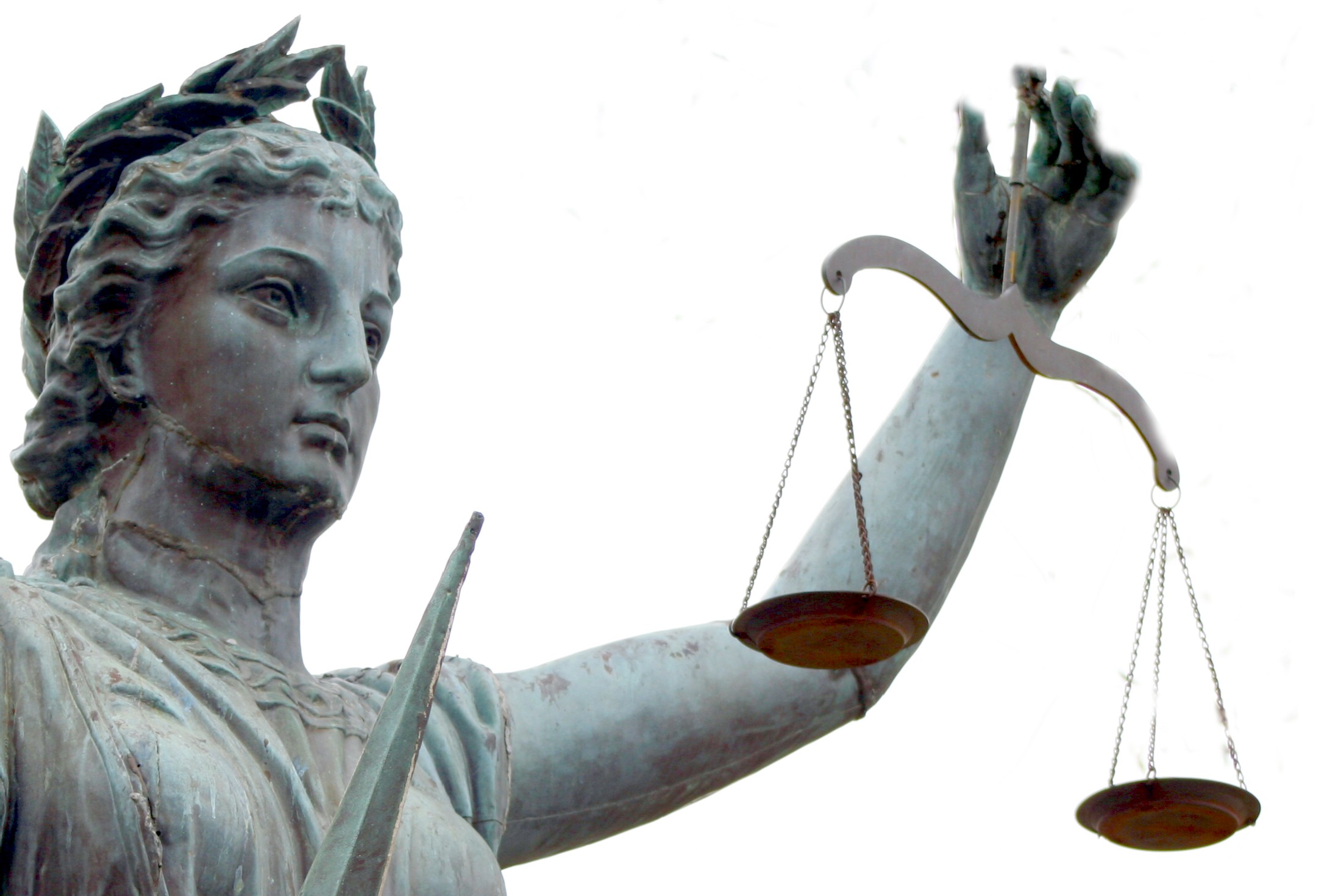 – Colin Murray (Senior Lecturer, Newcastle Law School) colin.murray@newcastle.ac.uk
– Colin Murray (Senior Lecturer, Newcastle Law School) colin.murray@newcastle.ac.uk
“The past invades the present, The present lives in the past, The future will never come.” The closing words of Robert Greacen’s poem, Procession, lamented the atrophy of unionism in the aftermath of partition. In the last week, the troubled passage of the Special Advisers Bill through the Northern Ireland Assembly and the UK Government’s fight through the US Courtsfor records of an oral history project held by Boston College (pictured left) indicate just how far Northern Ireland hasn’t come in tackling the Troubles’ legacy.
Both events relate to the victims of the Troubles. In the case of the SPAD Bill, completed its tortured journey through Stormont on Monday, much to the delight of its sponsor, the TUV’s Jim Allister. The legislation prevents anyone with serious criminal convictions from serving as special advisers at Stormont. In this context, serious criminal convictions inevitably relate to activities during the Troubles. Sinn Féin is the party directly affected by the measure, with several former Provisional IRA prisoners having held adviser positions to its leading representatives. It has doggedly defended the line that this legislation does not recognise the victimhood of former prisoners, and thereby creates a hierarchy of victims of the Troubles.
Sinn Fein’s legal criticisms of the Bill are twofold, and it seems inevitable that they will be tested in court. One, they assert that this legislation discriminates against its members on the basis of their political beliefs. Two, they believe that as the legislation applies no matter when a serious crime was committed, the legislation amounts to a retrospective punishment for the advisers’ crimes, contrary to Article 7 ECHR. The SDLP abstained from voting on the legislation because of these flaws.
The first argument has been played out in the courts before, when the Simon Community refused to employ former PIRA prisoners John McConkey and Jervis Marks. The House of Lords ultimately rejected their claim, despite acknowledging that it seemed to chime “with the often-expressed desire for a new start for Northern Ireland after the Good Friday Agreement” (at [29]). As Lord Rodger concluded (at [31]):
[There is nothing surprising, far less absurd or outrageous, in holding that [anti-discrimination legislation] allows such people to say: “No, I’m sorry, because of all I have suffered, I won’t employ you; I won’t serve you.” To hold otherwise would be to force these vulnerable individuals to associate with people who approved of the use of the very kind of violence that has blighted their lives.
With the courts having dismissed these claims once, it is unlikely that they will gain any traction with regard to arrangements surrounding government. As for the Human Rights argument, the focus on any litigation will be on whether this bar on becoming a Special Advisor amounts to a penalty, for the ECHR prevents the imposition of “a heavier penalty … than the one that was applicable at the time the criminal offence was committed”. The counter-argument will be that the measure does not constitute a penalty at all, but a protection for the democratic process. With regard to bars on prisoners voting, the European Court of Human Rights has explicitly recognised the leeway states have to protect their electoral systems where individuals have been involved in activities (such as political violence or electoral fraud) which undermines the democratic process (see Frodl v Austria, [28]). Any potential case would be the most important constitutional issue for Northern Ireland’s legal system for decades, for the courts have the power to strike down any Assembly legislation which fails to meet human rights standards.
Despite the weaknesses of the case, the legislation seems to use victims to score political points rather than serve their interests. That former paramilitary prisoners would have to have a role in Northern Ireland politics following the peace process was one of the most contentious issues in the Good Friday Agreement negotiations. Politicians can be elected to the Northern Ireland Assembly regardless of their past convictions (indeed, the MLAs who backed this legislation sit in the Northern Ireland Executive with former PIRA prisoners like Gerry Kelly). The DUP and UUP recognise that they cannot challenge Kelly’s position (or say, prior to his death, PUP MLA David Ervine, a contributor to the Belfast Project) without destroying the peace process, regardless of what might be said about his position by the victims of his bomb attacks. In that respect, this legislation is creating a hierarchy of victims, those whom others can use to score political points, and those whom they cannot.
If the SPADs Bill displays the failure of Northern Ireland’s politicians to move on from the Troubles, the Boston College case show the hubris of historians in thinking that they had. Led by journalist Ed Maloney, from 2001 the team at the Belfast Project went about recording interviews with former members of the republican and loyalist paramilitaries to provide an archive for historians to use after the participants in the interviews had died. As some of those involved died, Maloney began publishing and broadcasting material from the archive (including the award-winning documentary Voices from the Grave). This, in turn, drew the attention of the PSNI Historical Enquiries Team, particularly as some of the released material related to the murder of Jean McConville. Under the US-UK Treaty on Mutual Legal Assistance on Criminal Matters the UK requested that the US Government subpoena materials relevant to this investigation. Boston College fought against efforts at disclosure, on the basis that interviewees had been promised confidentiality.
On May 31st, the US First Circuit Court of Appeals delivered its latest judgment in the saga, a partial victory for Boston College. The appeal recognised that the College should only have to release material directly relevant to the McConville investigation, in light of the “heightened sensitivity” surrounding the free speech concerns inherent in academic research of this type. Rather than having to release fully 85 interviews, the College must now release only 11.
Maloney and his fellow researcher Anthony McIntyre celebrated the decision “as at least a partial indictment of the whole process” by which the US Government sought the release of information. Both the US Government, and the PSNI Team requesting the information, however, are simply fulfilling their roles under treaty and domestic law. Whether those roles overstep constitutional boundaries in the US may yet be a matter for the US Supreme Court, with further appeals a possibility. What the case does indict is the record of Northern Ireland’s politicians in dealing with the legacy of the Troubles, in leaving the Historical Enquiries Team to soldier on as the official organ for the investigation of serious crimes committed during the conflict.
The SPADs Bill and the Boston College case have attracted considerable hyperbole. Sinn Féin has accused the SDLP of abandoning the Good Friday Agreement in refusing to reject the legislation, whilst the Belfast Newsletter posed the doom-laden question of whether the “secret” Belfast Project archive could “end our peace” by triggering a raft of prosecutions. Together they exemplify the consequences of the failure to deal with the Troubles in any holistic way, and simply add to the malaise of recriminations afflicting politics in Northern Ireland.
Much ink has been spilt outlining what an effective Truth and Reconciliation (TRC) process might look like for Northern Ireland (not least on the pages of humanrights.ie). The events of the last week, however, show us what the absence of a TRC process will look like for years to come. Persistent court cases. Partial legislative fixes. Inquiries and rumours of inquiries. The resolution of each new crisis portrayed as a victory by one side or the other, with little overall regard for the interests of victims or advancement of the political process, just the hope that simmering discontent does not, once again, boil over. Will the future ever come?




